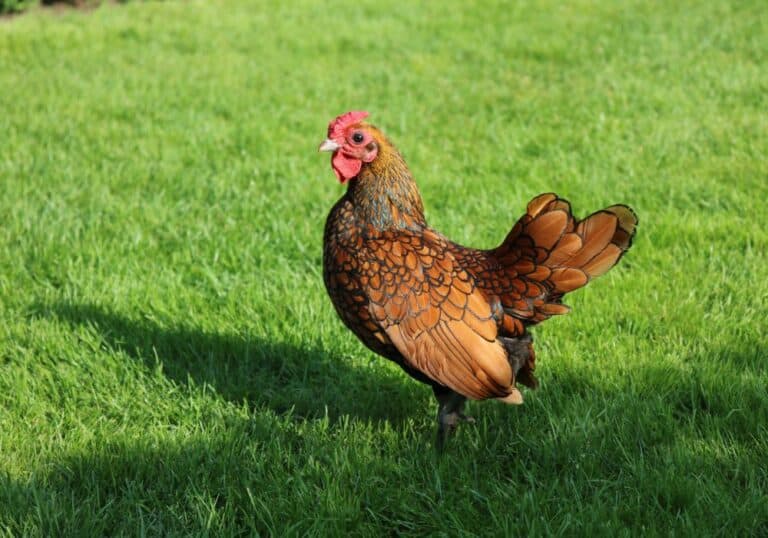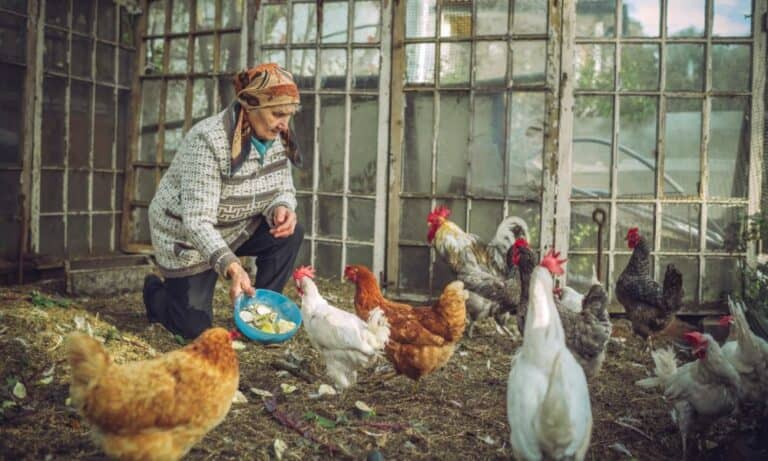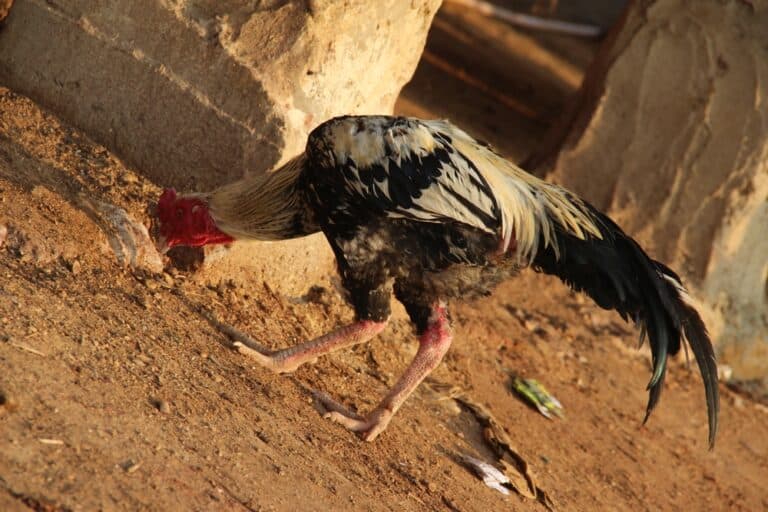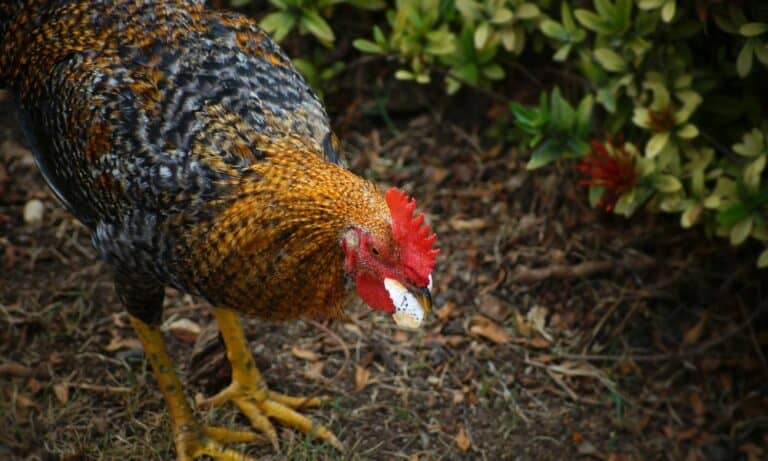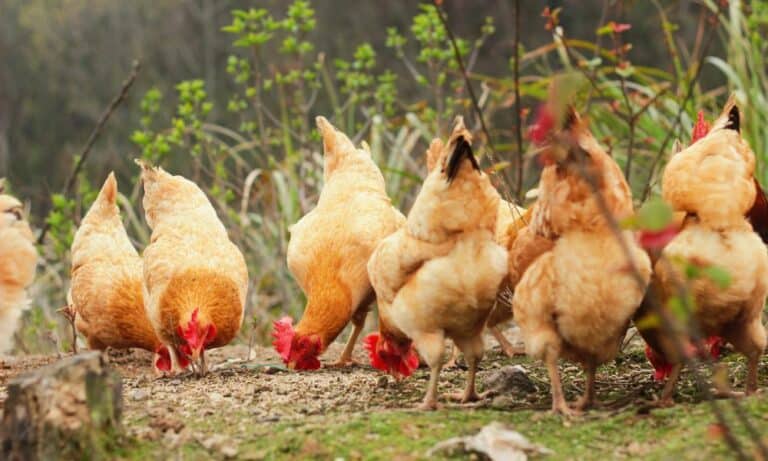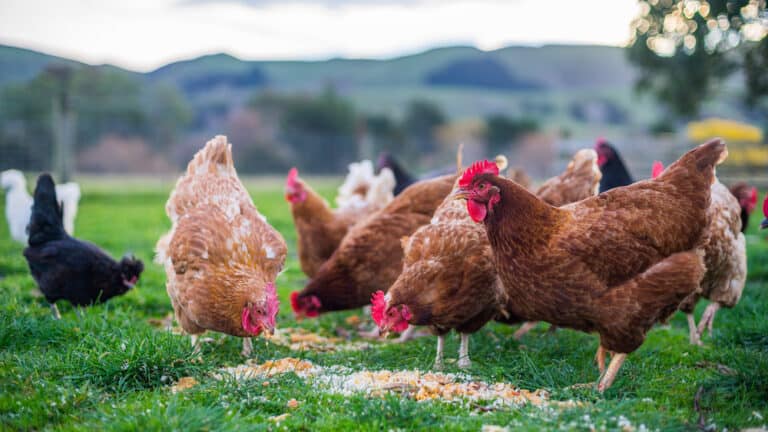Incubating eggs on your own can be a fun and profitable adventure when you want to grow chicken or other poultry. It is also a way to select the best chickens by using eggs from hens that produce the most eggs or have the most attractive feather color.
On the other hand, it is a demanding task that doesn’t fit everyone. The first thing to do is to decide about the suitable method and select eggs. This time, let’s talk about how to hatch chicken eggs without an incubator.
What is a Hatching Egg?
People have hatched chicken eggs in a natural way without an incubator for centuries. Many small farmers practice this way even today, particularly when they need chicks for personal use and not commercial production.
Egg hatching is a process of getting chicks from fresh and fertilized eggs. It lasts 21 days in chickens, but the length of that period varies in other poultry and bird species. The crucial thing to remember is that eggs bought in a supermarket are not suitable for this purpose.
Since you need a rooster to fertilize eggs, you can have your own bird or find the other way to get it. Besides, be aware that not every hen is suitable for lying down on eggs, but you need to have a broody.
The final decision is about the chicken breed you want to get. Therefore, figure out whether you want chickens for eggs, meat, or both, and research the most suitable options. Remember that eggs of exotic and rare breeds can be expensive, increasing the hatching costs.
Finally, you should know that the hatch rate is almost 100% for eggs incubated under a broody hen. On the other hand, you can expect it to be 55% to 75% when using an incubator.
The Preparations for Hatching Eggs Under a Broody
Hatching eggs requires thorough preparations, so you should take care to do that in a timely manner. Let’s take a look.
Provide a rooster
Since you can get chicks only from fertile eggs, you need to have a rooster in your coop. If you don’t have one, you should solve that problem in some other way, such as:
- Ask your neighbors
- Ask a local NPIP-certified breeder
- Look for a cock in a hatchery
- Look for help in Facebook chicken groups
Find a broody hen
Unfortunately, not all chicken breeds are reliable for hatching. It is particularly true for hybrid breeds and those that have lost the instinct for sitting on eggs. So, you should determine the best broody hen breeds you can use for this purpose, such as:
- Brahma
- Rhode Island Red
- Silkie
- Orpington
- Bielefelder
- Sussex
- Cochin
- Dorking
- Australorp
The next step is to wait for a particular hen to go broody. Most hens start laying eggs when they are 5 to 8 months old. Once they are full-size at 8 to 12 months, they can go broody, but it is individual.
It is virtually impossible to predict your hen’s broodiness in advance, but you can encourage it by leaving artificial (dummy) eggs in the nest for a few days. The sure signs your hen is prepared for real eggs are the following:
- It refuses to go out from the chicken coop and sits even on an empty nest
- It can become aggressive when disturbed
- It prepares a so-called brood patch by lucking feathers from its breast
- It reduces eating and drinking
Find fertile eggs
As you have already understood, it is impossible to get a chick from every egg. Only fertile ones are suitable for this purpose, so it is necessary to provide them in time. The most effortless way is to have at least one rooster in your flock.
If this is not the case, you should find other ways to get fertile eggs. For instance, you can contact a nearby hatchery and reserve a certain number of eggs for a planned period. Do it on time because such places have a pre-booked schedule.
The other options are to borrow a rooster from your neighbor or a member of a local Facebook chicken group, but you can also purchase fertilized eggs online. If you want to be sure about eggs’ quality, your best shot is a local, preferably NPIP-certified breeder.
Eggs selection
Even though there is no ideal number of eggs suitable for each hen, most farmers believe six eggs is the limit. In old times, that number was 3 to 5, but more sizable breeds can handle 10 to 12 eggs.
The excellent thing is that a broody hen accepts every egg type unrelated to the breed. However, you should ensure adequate ones for this purpose to prevent the occurrence of rotten eggs, embryo mortality, and possible diseases.
Basically, you need standard-sized eggs typical for a particular breed. They should be fertile, fresh, clean, and of average quality. Avoid using the following eggs:
Oversized, too-small, and misshapen eggs – Extra-large eggs may contain a double yolk, while too-small ones sometimes come without a yolk. Therefore, you should pick out average eggs weighing 1.90 to 2.20 ounces (53.9 – 63.8 g).
Unfertilized eggs – Hatching chicks from these eggs is impossible because they don’t have the embryo.
Over week-old eggs – Ideally, hatching eggs should be 3 to 5 days old and never older than seven days because hatchability decreases rapidly in older eggs. Be aware that hatchability reduces by 0.50% to 1.50% per day after a week of storing.
Dirty eggs – Clean the nest box regularly since dirty eggs are unsuitable for hatchlings. Never overclean them because it can lead to removing the outer cuticle, leaving such eggs susceptible to bacterial contamination.
White eggs – Research results show that white and light-colored eggs have a lower hatchability compared to medium- to dark-brown ones. Since eggshell color is also associated with other variable traits, you should avoid using white eggs.
Oblong eggs – Once incubation ends, chicks undergo a complex series of rotations. It is crucial for them to get into the correct position, which requires space. Elongated eggs lack breadth in the middle part, making them unsuitable for hatching. That is why they have a high non-hatching rate, although they are as fertile as the rounder ones.
Eggs with poor shell condition – Avoid eggs with fragile, rough, or abnormal shells with bumps and lumps on the surface. A thin shell easily cracks and damages the membrane, making such eggs susceptible to infection. On the other hand, those with coarse shells disable chicks from breaking out.
Eggs sent by mail – Sending eggs by mail requires too much handling, particularly when their transportation includes sitting in the plane cargo area. All this negatively affects eggs’ hatchability.
Eggs forbidden to hatch – Some characteristics make eggs unsuitable to hutch, including those with blood, yolk, or fecal material on the shell. Besides, never use cracked, pierced, and broken eggs for this purpose.
Eggs maintenance
If you have your own hens and a rooster, you can use their eggs to get chicks. One of the crucial things is to handle those you intend to use for hatchlings with particular care.
Collect them daily and choose a cool, draught-free, and shady spot to keep those meant for hatching. Store eggs at 53.6 to 59 F (12 and 15 C) and never put them in the fridge. Take care to turn them once a day to prevent the yolk from sticking to the inside of the shell.
Unlike regular conditions, you should collect eggs twice or three times a day when you plan to use them for hatchling. It is a way to prevent them from getting dirty. Mark the date on the shell to ensure the eggs are fresh.
Prepare a separate nest for the broody hen
Broody hens need peace and silence, so you should separate them from other chickens. Make a comfy nest for the future mother and fill it with straw. A box is often enough for it to settle down comfortably.
Most broody hens prefer sitting in the dark, and you should find a way to protect them from harsh weather and predators. Take care to provide enough water and quality food daily.
Pros and Cons of Hatching Chicken Eggs Without an Incubator
Natural egg hatchling has numerous good sides. However, you should always consider possible problems before making a decision.
Advantages
- Fertile eggs can be free of charge
- The hatchability is almost 100% when you use hens compared to 55% to 75% reached in an incubator
- Since there is no need for electricity, this option is energy-efficient
- You avoid expenses for an incubator, brooder, and necessary equipment
- The mother hen protects chicks from predators, takes care of them, and makes their introductions to the flock effortless
Downsides
- You have to wait for a hen to go broody, while some breeds lost their mothering instincts
- Broody hens don’t lay eggs, reducing the production level
- The number of hatched eggs is limited
- About 50% of newborn chicks are useless cockerels
Summary
Even though many farmers use incubators for hatching chicken eggs, an old-fashioned method is still one of the best solutions when you need a limited chick number. In this case, you should pay attention to season, the hen breed, the moment when your hen goes broody, and the size, quality, and shape of eggs.

